INTRODUCTION
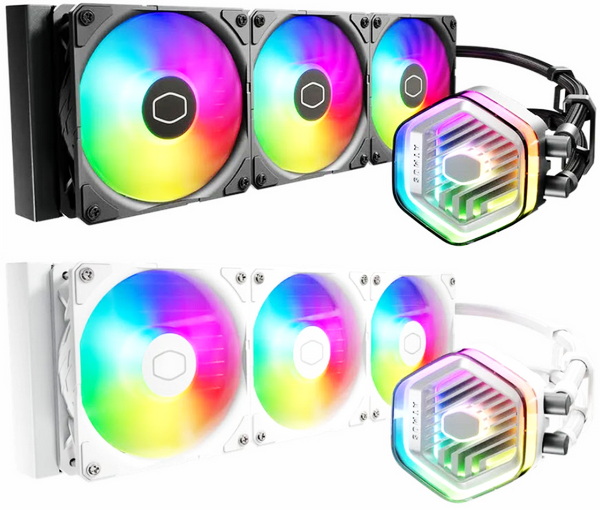
From the very first AIO liquid CPU cooler to find its way over (circa 2009) to all the new models I've reviewed lately one thing is all but certain, it would be a whole different industry without them. Yes, AIO liquid CPU coolers have recently hit a bottleneck in terms of cooling efficiency (one which I hope can be resolved soon) but still, there's a very small number of CPU air coolers out there that can even compare with the top models. Cooler Master is a manufacturer I used to cooperate with many years back, but it's been way too long since I actually received anything from them and well today with me, I have their MasterLiquid 360 Atmos AIO model.
Established in 1992, Cooler Master is a performance PC component and peripherals brand with a track record for advancing the industry. From the world’s first aluminum PC case to our pioneering thermal technologies, Cooler Master is committed to breaking technological boundaries and challenging the status quo. Our focus is to create a community for individuals who dare to stand out and embrace their inventive identity. Whether new builders use a PC as medium for self-expression, or hardcore gamers set up their battle stations to pay homage to their favorite character, we revel in being Wired Different. We are a brand aiming to go above and beyond by creating cool products for awesome people to build in their own way.
The MasterLiquid 360 Atmos AIO was released by Cooler Master last year in both black and white colors and is among their top models to date (240mm variant also available). The configuration is what you'd expect from an AIO liquid CPU cooler, so the MasterLiquid 360 Atmos consists by an 394mm long, 119.6mm wide and 27.2mm thick aluminum radiator, three Sickleflow Edge 120mm ARGB fans (2500RPM / 70.7CFM / 3.61mmH2O / 27.2dBA), 400mm long braided tubes, high-speed 3200RPM dual chamber pump with customizable top and a copper coldplate. Aside the ARGB LEDs located at the top of the pump you can also remove the clear plastic cover and replace the stock design with one of your very own 3D printed ones, be it a custom design or one of the ones provided by Cooler Master available on the MasterLiquid 360 Atmos product page. All the ARGB LEDs located on both the three Sickleflow Edge 120mm fans and the top of the pump are compatible with all the leading motherboard sync technologies (ASUS Aura Sync, GIGABYTE RGB Fusion, MSI Mystic Light and ASRock Polychrome Sync) and can be controlled either by the Masterplus or Master CTRL software available by Cooler Master (via the bundled ARGB controller). So, time to see what Cooler Master has to offer with their MasterLiquid 360 Atmos AIO Liquid CPU Cooler.
SPECIFICATIONS AND FEATURES
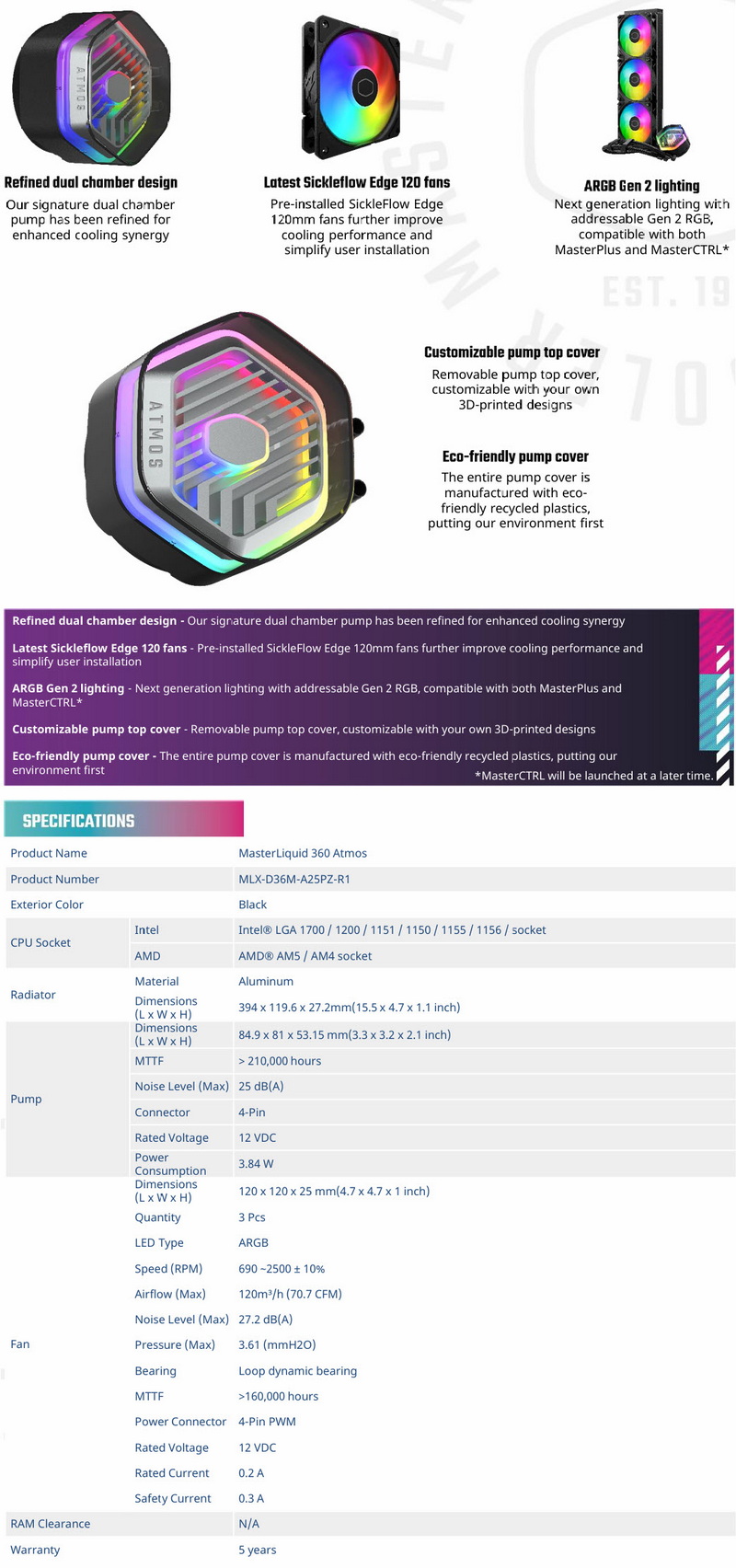
PACKAGING AND CONTENTS
The MasterLiquid 360 Atmos arrived inside a pink/purple box the front of which has the company logo, model name and a picture of the top of the pump.
At the rear of the box, we find the main product features printed in 9 languages and of course the specifications table.
At the base of the box Cooler Master has placed 5 product drawings showcasing its measurements and branch contact information.
The MasterLiquid 360 Atmos is placed inside several pieces of cardboard whereas the rest of the bundle is placed inside 3 small cardboard boxes.
Along with the MasterLiquid 360 Atmos (comes with its fans pre-mounted) inside the box you'll also find the ARGB controller, Intel backplate, USB to USB header cable, ARGB splitter, SATA power cable, fan splitter, thermal paste tube, two tube clips, 4 cable covers, warranty information paper, 2D barcode paper (online manual) and all the needed bits and pieces to install the cooler on Intel LGA1150/1151/1155/1156/1200/1700 and AMD AM4/AM5 compatible motherboards.
THE MASTERLIQUID 360 ATMOS
In terms of design at first glance at least the MasterLiquid 360 Atmos doesn't look any different compared to most AIO models out there.
With the fans mounted thickness is just under 53mm (the radiator is just over 27mm thick).
With an FPI (fins per inch) count of 20 Cooler Master was right to include high pressure fans.
A fill port which should not be tampered with is placed at the rear end of the aluminum radiator.
The 400mm long braided tubes should be plenty for most PC cases out there.
The default design on top of the pump is obviously the Cooler Master logo but as mentioned already you can replace it with your very own 3D printed model.
Typically, the tubes can rotate around 100 degrees from the base of the pump/waterblock combo.
Cooler Master has placed three Sickleflow Edge 120mm ARGB fans on the radiator which produce both high airflow and pressure (70.7CFM / 3.61mmH2O).
The compact ARGB controller is a useful part of the MasterLiquid 360 Atmos.
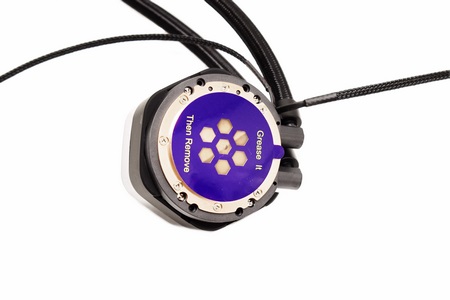
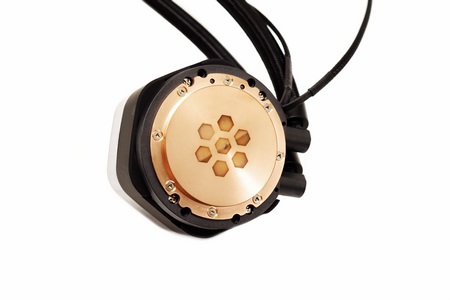 The round copper coldplate features a sticker which allows the end user to place thermal paste where it matters most (in most case this isn't really needed but since Cooler Master says so i did just that prior to mounting it).
The round copper coldplate features a sticker which allows the end user to place thermal paste where it matters most (in most case this isn't really needed but since Cooler Master says so i did just that prior to mounting it).
INSTALLATION
As always, I start by mounting the radiator on top of the open-air test bench.
Next step is to place the backplate and mount the standoffs.
Placing the pump/waterblock combo with the 4 available thumbscrews is next.
The MasterLiquid 360 Atmos certainly looks great even without an LCD screen (short clip is available on TikTok and YouTube).
MASTER CTRL
The home tab of the Master CTRL detects the bundled ARGB controller with its available ports and doubles as a system monitor.
Clicking on any of the ports allows you to set the effect, brightness levels and speed, identify the fan connected to that port (fan LEDs flash) and choose the exact model you have connected (not detected automatically).
You can easily choose the MasterLiquid 360 Atmos from the list and choose one of the 9 available effects (10 with off).
Inside the devices tab you can find the ARGB controller.
You can pretty much perform the same actions for the connected devices from here too, but you can also perform a firmware update (if a new version is available) and even reset the controller.
Finally, the cooling tab is a system monitor, mostly regarding temperatures.
TEST BED
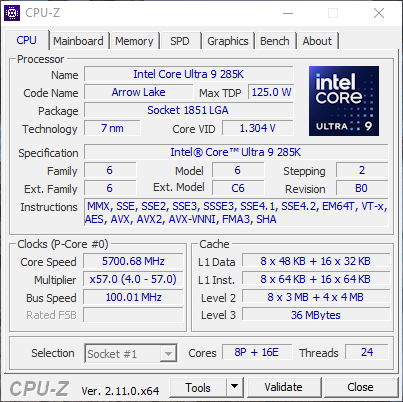

TESTING METHODOLOGY
Testing complete water cooling kits or individual radiators is no different than testing CPU Coolers and since we want all of you to be able to compare similar products, we created new and separate charts (you can still cross-compare results however since we are using the same test rig). So once again single (120/140mm) watercooling solutions are tested with the radiator mounted at the rear of our test rig while dual/triple/quad (240/260/280/360/420/480/560mm) solutions with the radiator mounted at the top. For the dBA tests complete water cooling kits or radiators with bundled fans are measured both while on idle mode or with the fan controller in the minimum setting and while on extreme load or with the fan controller all the way to the highest possible setting (PWM fans do that on their own without our intervention). Every single test takes place in a temperature controlled room of 23 degrees Celsius Ambient Temp with the help of two AC units placed diagonally inside the room and as for thermal paste I’m using the NT-H2 by Noctua. Finally, much like when testing CPU Coolers, it's very important to point out that just because a water cooling kit (or a AIO) outperforms another when tested with our test rig (when we test complete water cooling kits) that does not necessarily mean that the same performance differences will apply 100% for other CPU models and in other situations (such as different ambient temps and system configurations).
To successfully record the load temperatures, we use the latest OCCT application for around 6-10 minutes to push the processor to its limits and after that is done and the temperatures are recorded, we wait for about 10-20 minutes for the CPU to cool down and record idle temperatures. This is done to allow time for the thermal conductive material to achieve the optimal performance level. Same procedure is then repeated with the Passmark BurnIn Test as a failsafe just in case the OCCT results are wrong. This procedure takes a lot more time than the usual peltier/thermometer tests, but this way not only can we deliver real world results to our readers based on real CPUs, but we can also triple check the results using a variety of programs. Last but not least the temperatures were recorded using the latest version of AIDA64 while noise level tests (when fans exist in the bundle) are performed using a high precision ExTech HD600 Decibel Meter placed about 10-15cm above the radiator. Still although the same testing procedure applies to all units do take into consideration that unlike the official numbers which are measured in special noise isolated labs with just the fans here, we also have both the rest of the cooler and the rest of the system (although all system fans are turned off when recording noise levels).
* Since some manufacturers have ceased support for the Intel LGA 2011-3 platform, for such coolers, I’ll be using the Ryzen 7900X / ASRock X670E test rig.
** After high demand since September 2024 I’ll be including average temperatures in my AMD Ryzen 9 7900Χ/Χ670Ε charts (under light load such as Internet browsing and Office use).
*** Since November 2024 I swapped test systems with the Intel Core Ultra 285K (same methodology as with the AMD Ryzen 9 7900X).
TEST RESULTS
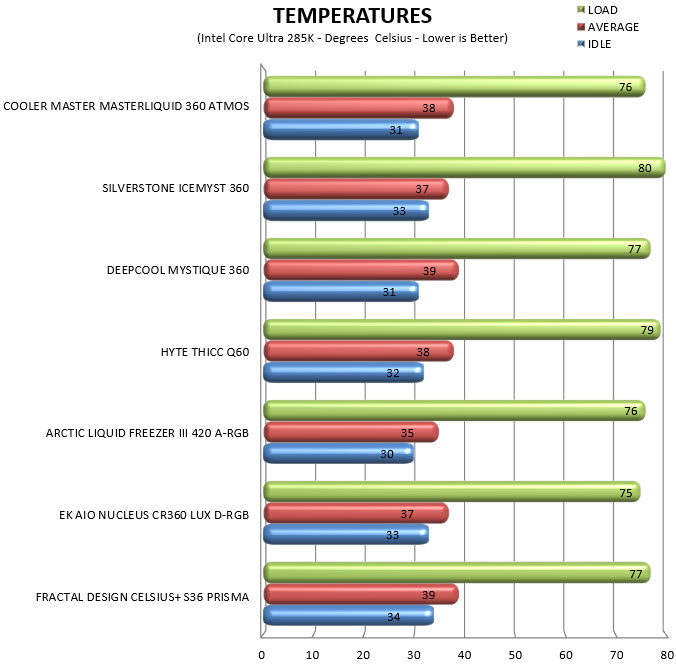
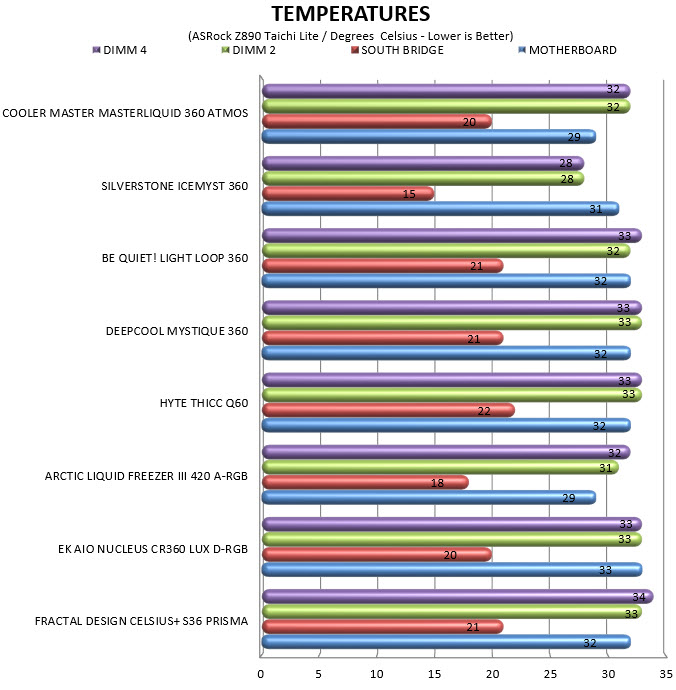

CONCLUSION

As you can all see I decided to "ditch" my AMD Ryzen 9 7900X system which I was using for CPU cooler reviews latest and replace it with the latest Intel Core Ultra 9 285k system (although not true for all AIO models the 1700 pieces fit well with this motherboard). Its core offset combined with the fact that it's already almost 2 years old were the decisive factors and even though this meant I had to go back and redo several tests for all the AIO models I have here in the lab (took me roughly 3 days to complete) I think it was well worth the extra effort. Now, when it comes to the MasterLiquid 360 Atmos I was really impressed by it, not so much because end users can customize the top of the pump with their own 3D printed objects (even though I didn't end up testing that feature still, it's a nice one to have if you own a 3D printer) but because of its very good cooling efficiency which it actually managed to produce with minimal noise levels (2nd most silent in the charts). Again, just like most AIO liquid CPU coolers in the market today you can't expect it to cool motherboard components or even your RAM, but it does a great job when it comes to keeping your CPU temperatures in check and well, for most people this obviously matters most. As for the Master CTRL software, it's a bit harder to use than expected (for example it doesn't automatically detect your AIO, so you need to choose it on your own) but still better than no control software at all.
As I type these lines the MasterLiquid 360 Atmos AIO Liquid CPU Cooler by Cooler Master retails for USD139.32 inside the USA (Amazon.com) and for 163.59Euros inside the EU (Amazon.de) a price tag which lands it right between several similar tri-fan models from the competition. At the end of the day there’s not much to say about the MasterLiquid 360 Atmos that wasn’t mentioned in this review. Cooling efficiency is very good, noise levels couldn’t be much lower, it looks great and is properly priced (at least on the other side of the Atlantic), so the Golden Award is in order.

PROS
- Build Quality
- Very Good Cooling Efficiency
- Low Noise Levels
- ARGB (Pump Top / Fans)
- Customizable 3D Printed Top Object
- Up to Six 120mm Fans in Push & Pull
- ARGB Gen 2 Controller
- Master CTRL Software
- Price (USA)
CONS
- Master CTRL Software (Lacks Automatic AIO Detection)
- Price (EU)

 O-Sense
O-Sense





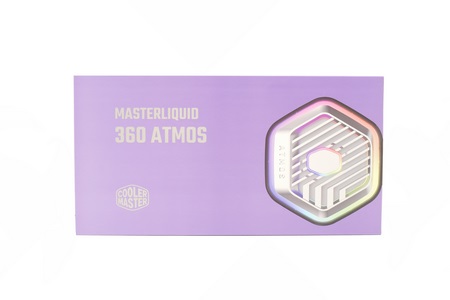
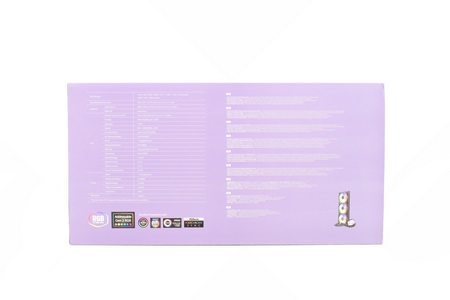
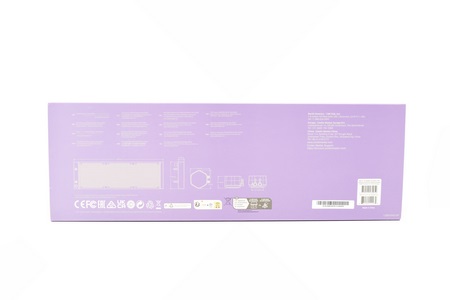
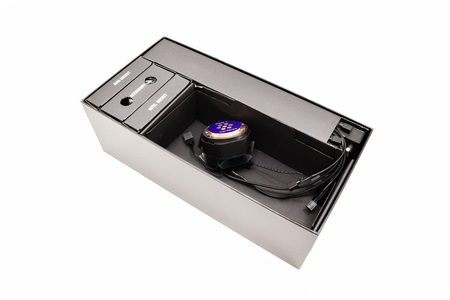
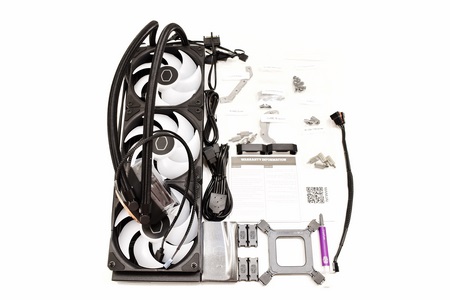

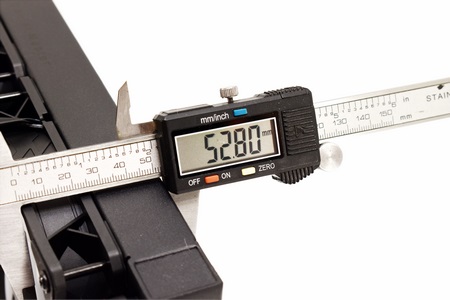
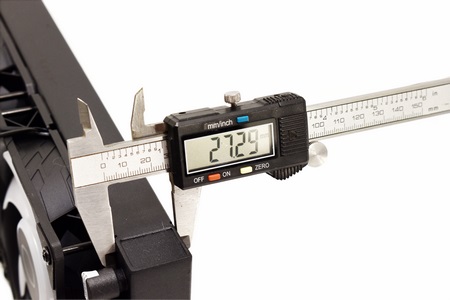
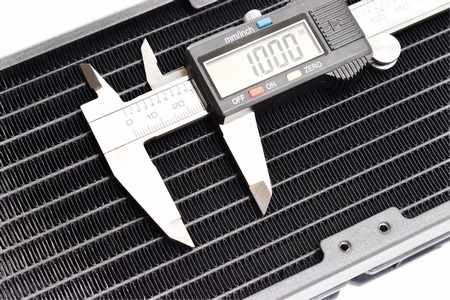
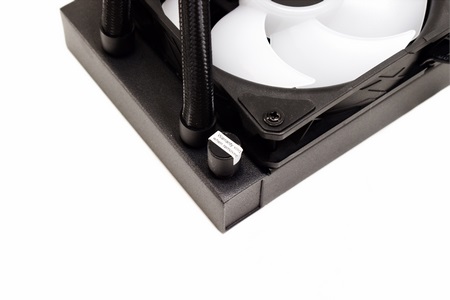
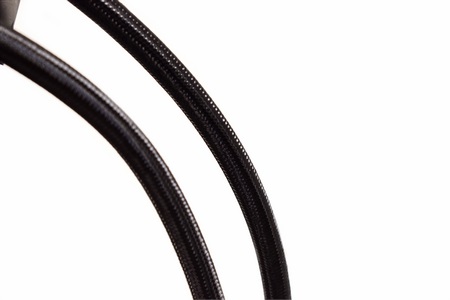

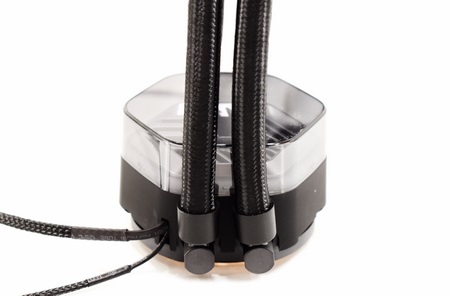
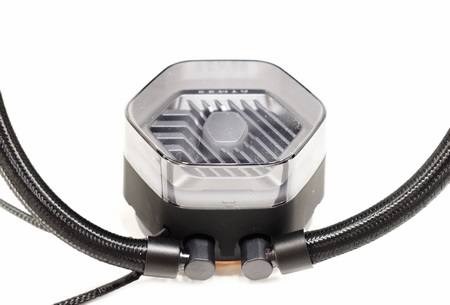
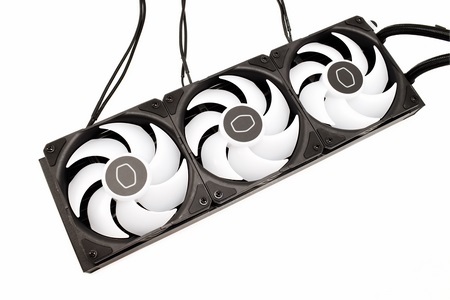
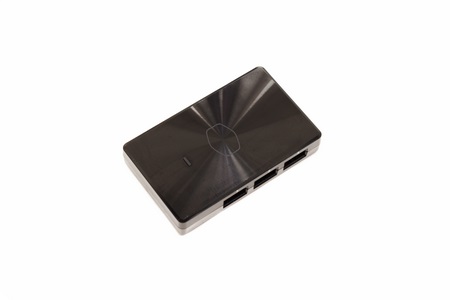
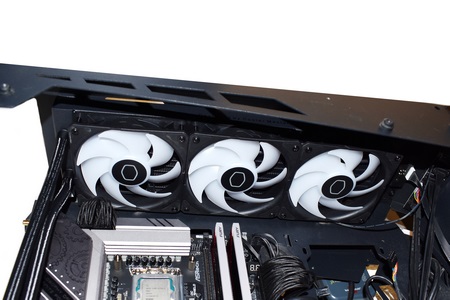
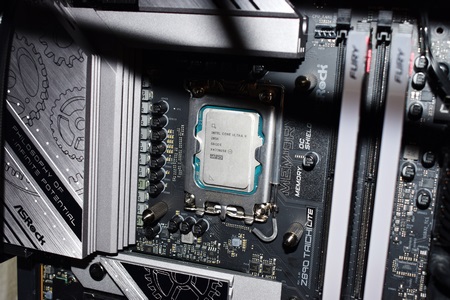
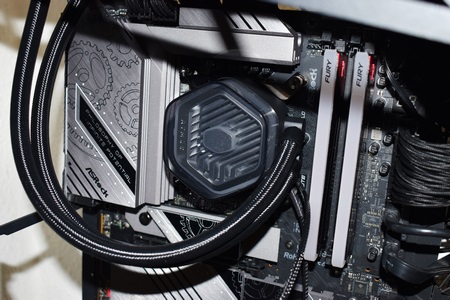
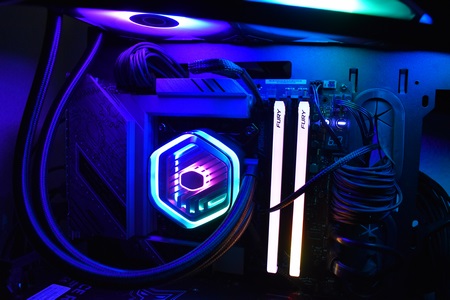
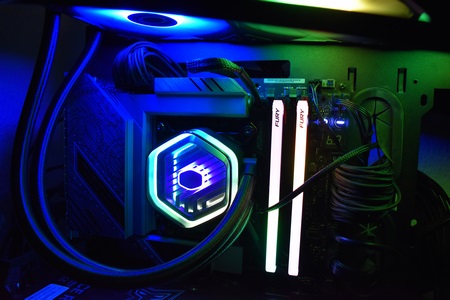
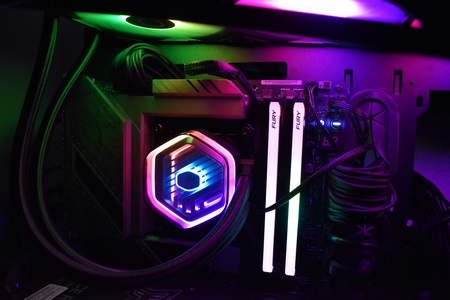
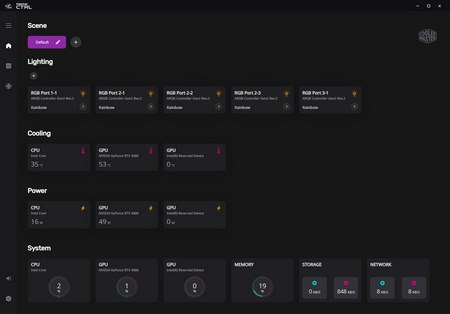
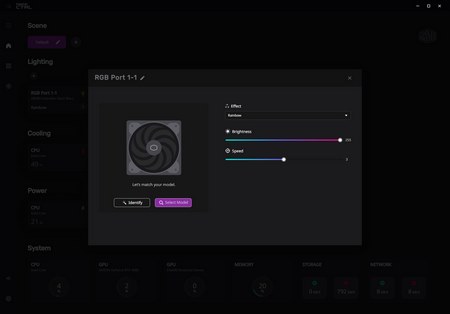
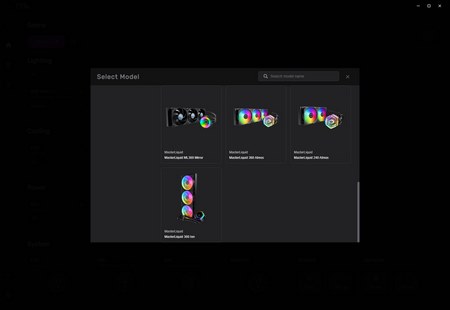
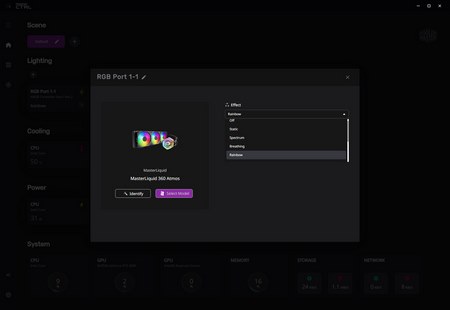
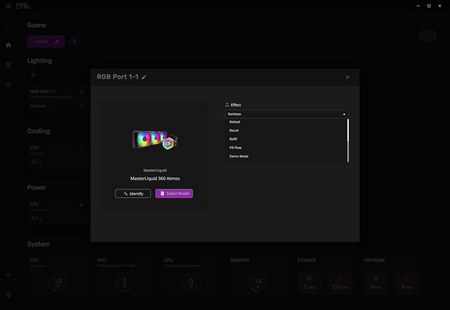
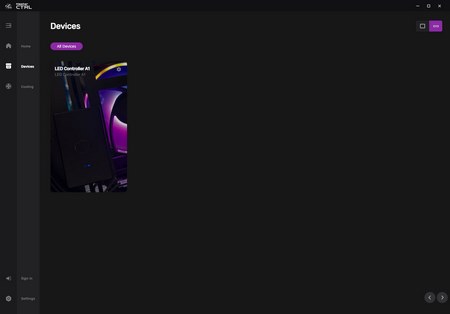
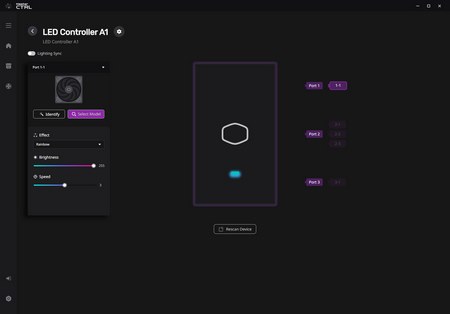
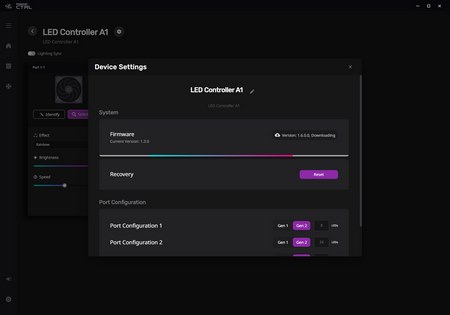
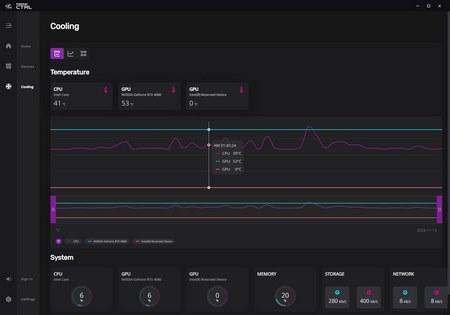


.png)

